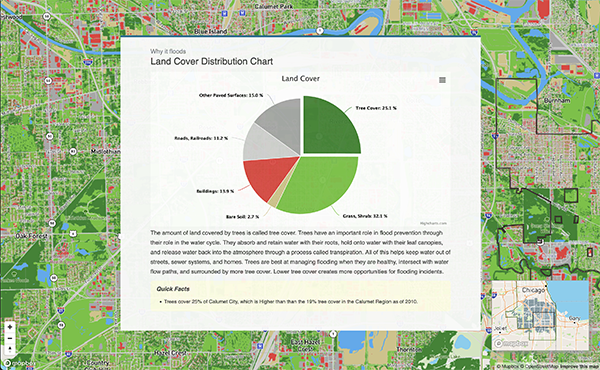After years of lackluster growth and evidence that Houston might surpass Chicago in population, the Chicago City Council this week took a bold step in expanding its transit-oriented development (TOD) ordinance to provide infill potential for more housing near transit stops.
CNT has long been a proponent for such changes, since our research has shown that for a decade-long period (2000-2010), Chicago was the only U.S. city with a major legacy transit system that grew faster away from its train stations than around it. But as TOD projects touch just a few neighborhoods, and at price points beyond the reach of many city residents, Chicagoans have had questions: how can we ensure that TOD is inclusive of all neighborhoods in the city and that all neighborhoods and incomes can share in the growth?
The ordinance is but one piece though of a multi-pronged solution that is needed to ensure that TOD is inclusive of all neighborhoods and residents.
To lead public dialog and chart a more sustainable course, CNT held a public discussion just days before the Council vote to identify how TOD can be a positive engine for community change. CNT’s forum included three community leaders who discussed how TOD can be an important part of neighborhood growth and what more must be done to manage gentrification in some neighborhoods and spark investment in others.

Lee Crandell, Executive Director of the Lakeview Chamber of Commerce, spoke about the decline of rentals in his part of the city, as shown by a recent CNT study. De-conversions of housing create pressure, a decline in density, and the loss of a diversity of households, which leads to general decline in retail environments that make corridors like Southport attractive, Crandell said.
Carlos Nelson, Executive Director of the Greater Auburn Gresham Community Development Corporation, talked about the importance of tying transit stops to the community, making them thriving centers of activity to attract people to neighboring small businesses. He talked about his effort to secure a Metra station at 79th Street to catalyze the growth of the neighborhood and how important transit has been to providing residents of his community access to jobs in other parts of the city.
Juan Carlos Linares, Executive Director of the Latin United Community Housing Association, discussed the need to retain Chicago’s position as a world-class city equal to international cities like Amsterdam, Berlin and Singapore, which have invested heavily in development around transit. He also pointed out TOD planners must consider development around bus transit on an equal playing field with development around train stops.
Linares sees the TOD ordinance as an important step in making more space for people than for cars. Many of the tenants LUCHA serves can’t afford auto ownership, so lower parking requirements will be particularly impactful in those communities with less demand for parking.
The TOD forum was just the beginning of the conversation. Funded by Enterprise Community Partners’ Section 4 grant program, CNT will be working over the next year to build the capacity of community development corporations, community housing development organizations, housing advocates, and elected officials to deliver equitable TOD in the city of Chicago and across Cook County.
Your support can play a critical role in helping extend the benefits of transit-oriented development to all Chicagoland residents. Donate today to help build a more sustainable and equitable tomorrow.





 Strengthening Transit Through Community Partnerships
Strengthening Transit Through Community Partnerships